
Are you ready to grow yummy vegetables? Many new farmers forget to check the weather and soil in their area. This can make their plants very sick or even die.
Understanding your local climate is key to growing healthy and strong vegetables. You need to choose the right plants for your area and use good farming practices.
By doing this, you can get a big harvest and be a happy farmer!
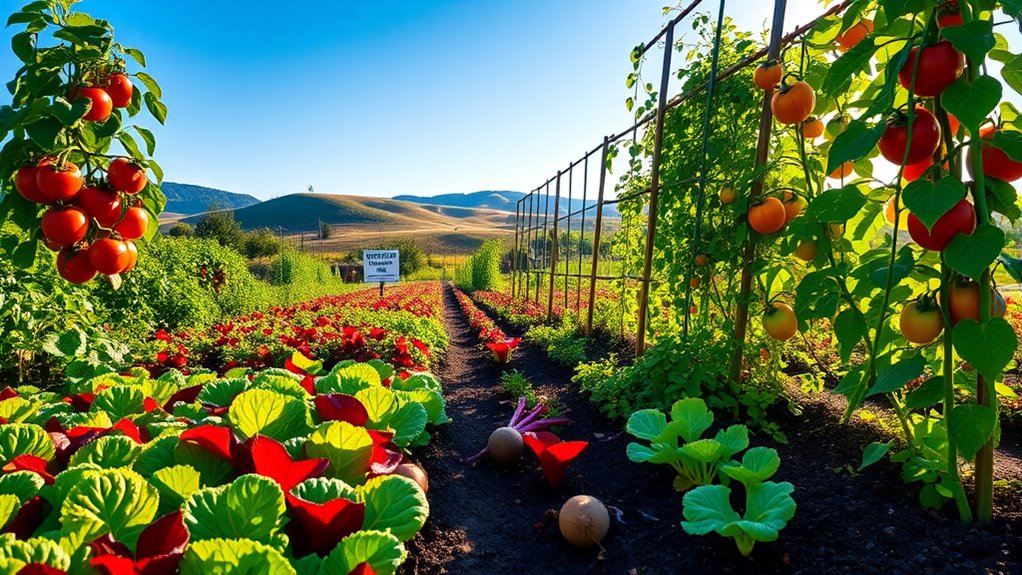
Understanding your climate and growing zone is essential for successful vegetable farming. Different crops thrive in specific temperature ranges and conditions, so determining your local climate helps you choose the right vegetables to plant. Familiarize yourself with your hardiness zone, which indicates the average minimum winter temperature in your area. This knowledge enables you to select varieties that will not only survive but thrive, ensuring a fruitful harvest throughout the growing season.
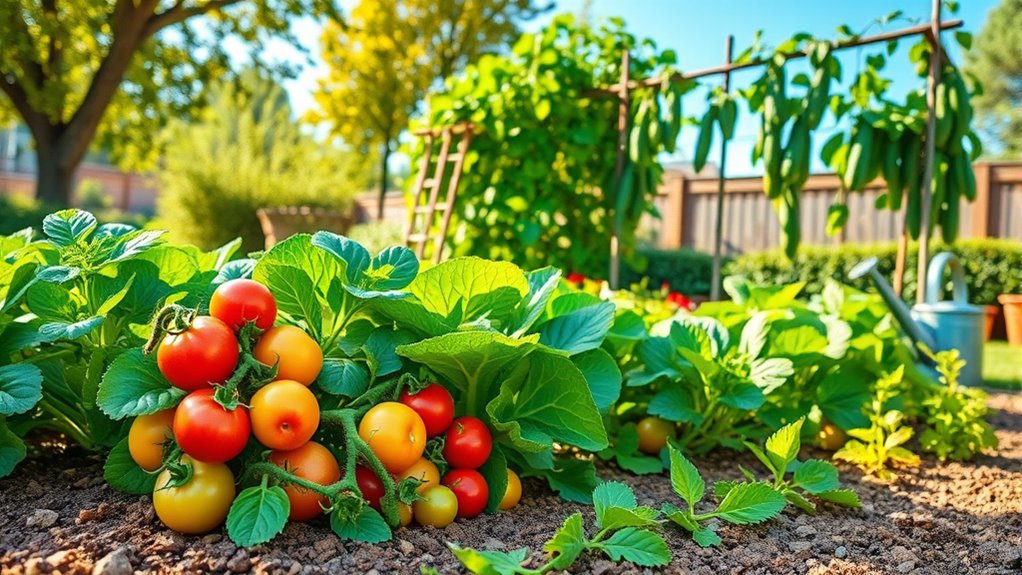
Choosing the right vegetables for your space is vital for a successful garden. Consider factors such as available sunlight, soil type, and the size of your garden plot. If you have limited space, opt for compact varieties or vertical gardening options, such as tomatoes, cucumbers, and leafy greens. For larger areas, you can grow more expansive crops like corn or squash. Always select vegetables that suit your climate and personal preferences to guarantee a bountiful harvest.
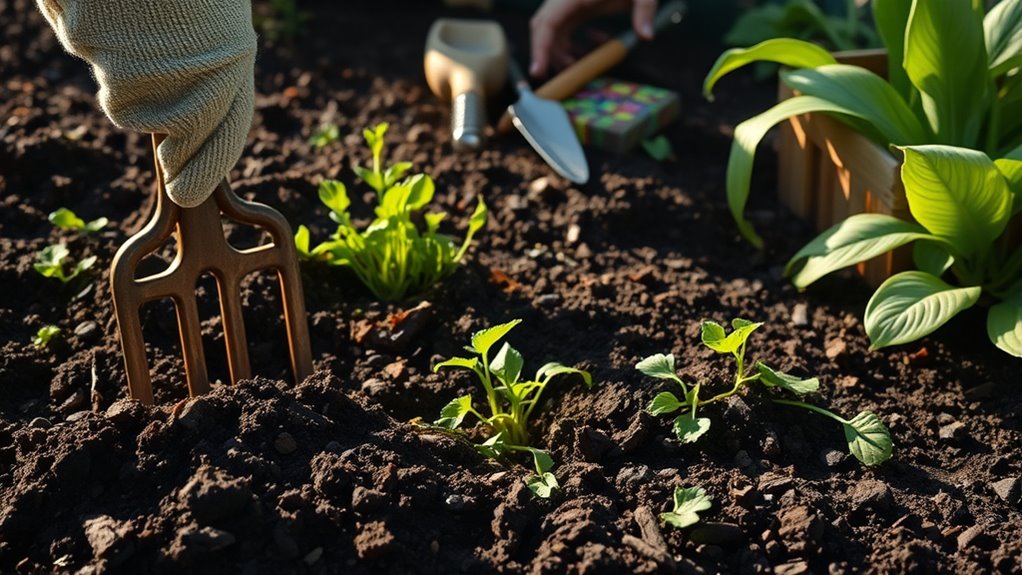
Preparing the soil properly is an essential step in successful vegetable farming. Start by testing the soil to assess its pH and nutrient levels, allowing you to make necessary amendments. Clear the area of weeds and debris, then till the soil to improve aeration and drainage. Incorporate organic matter, such as compost or well-rotted manure, to enhance soil structure and fertility. Finally, level the surface to guarantee even planting and water distribution. With a strong foundation, your vegetable garden will thrive.
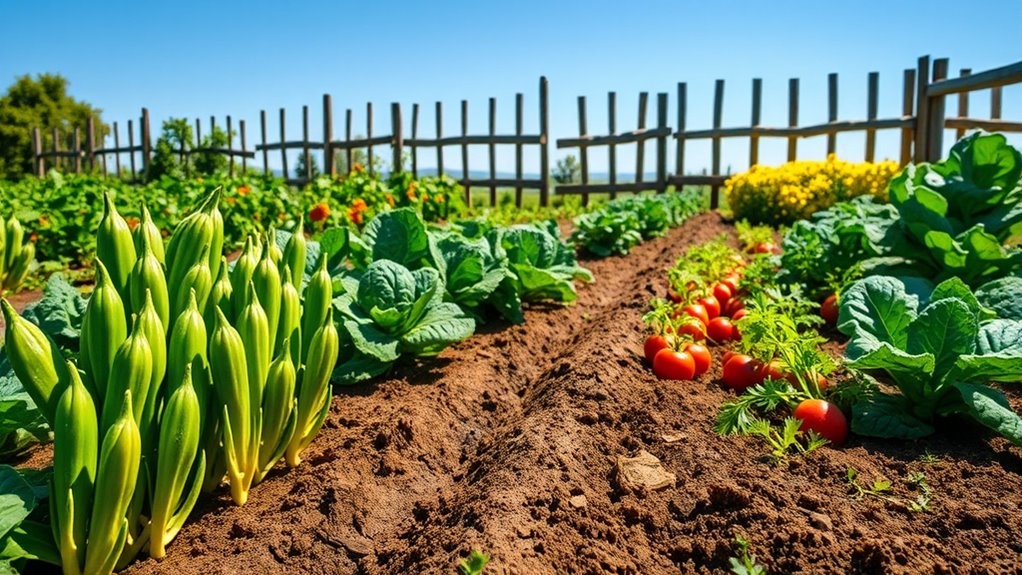
Crop rotation is a crucial practice for maintaining soil health in vegetable farming. By alternating different crops in a specific sequence over seasons, you can enhance soil fertility, reduce pest and disease buildup, and optimize nutrient use. For instance, planting legumes can fix nitrogen, enriching the soil for subsequent crops. This method not only supports sustainable farming but also boosts yields, making it an essential strategy for long-term agricultural success.
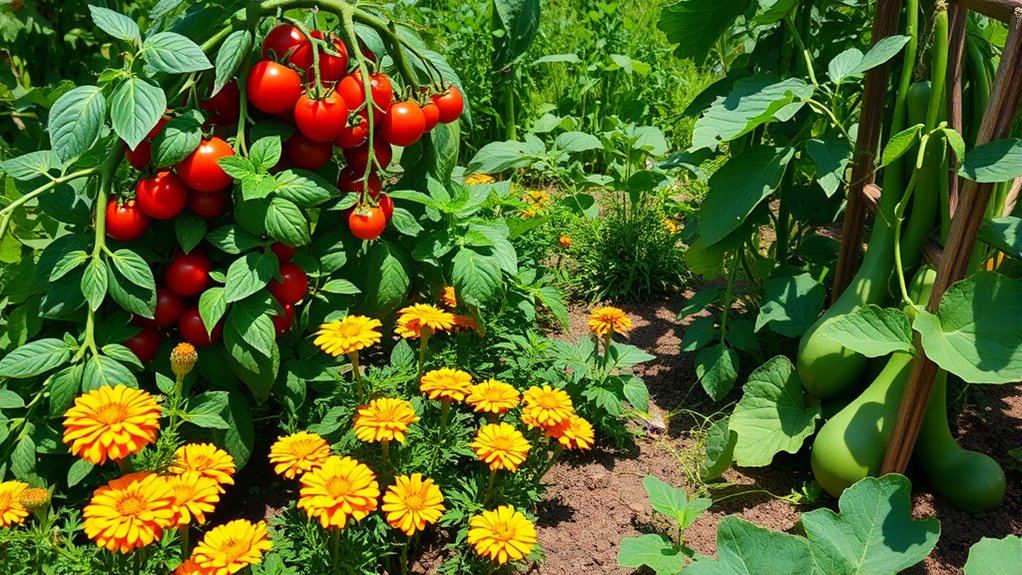
Companion planting is a strategic approach that involves growing different plants in close proximity to enhance growth, deter pests, and improve flavor. For instance, planting basil near tomatoes can enhance their flavor while repelling harmful insects. Similarly, marigolds can deter nematodes and other pests when planted alongside vegetable crops. By mixing compatible species, you create a balanced ecosystem, promote biodiversity, and optimize your garden’s productivity, leading to healthier plants and bountiful harvests.
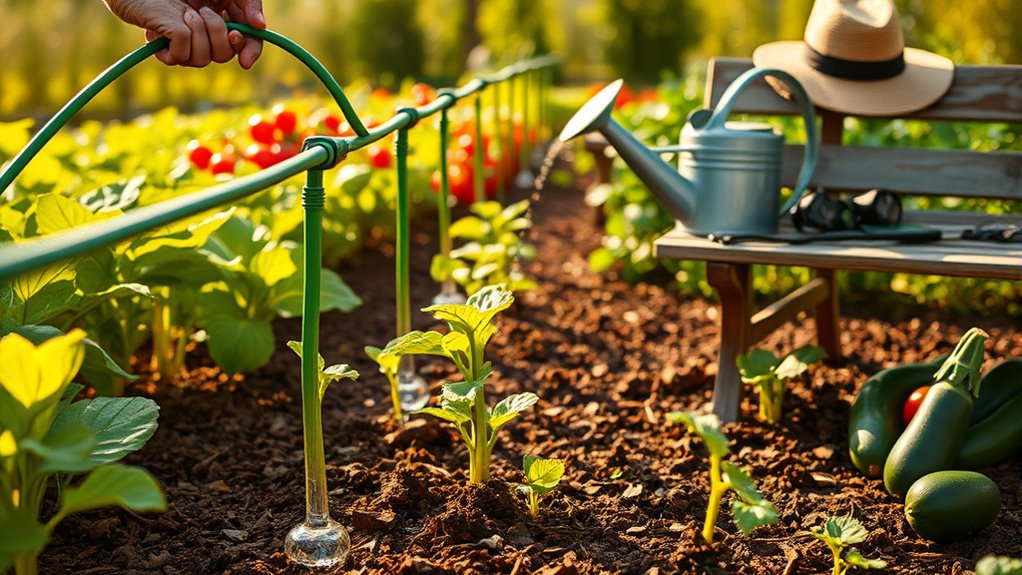
Efficient watering is essential for successful vegetable farming, as it directly affects plant health and yield. To manage watering effectively, consider the type of soil and the specific needs of each vegetable. Utilize drip irrigation systems to deliver water directly to the roots, minimizing evaporation. Establish a regular watering schedule based on weather conditions, incorporating mulching to retain moisture. Additionally, monitor plants for signs of drought or overwatering to adjust your practices accordingly.
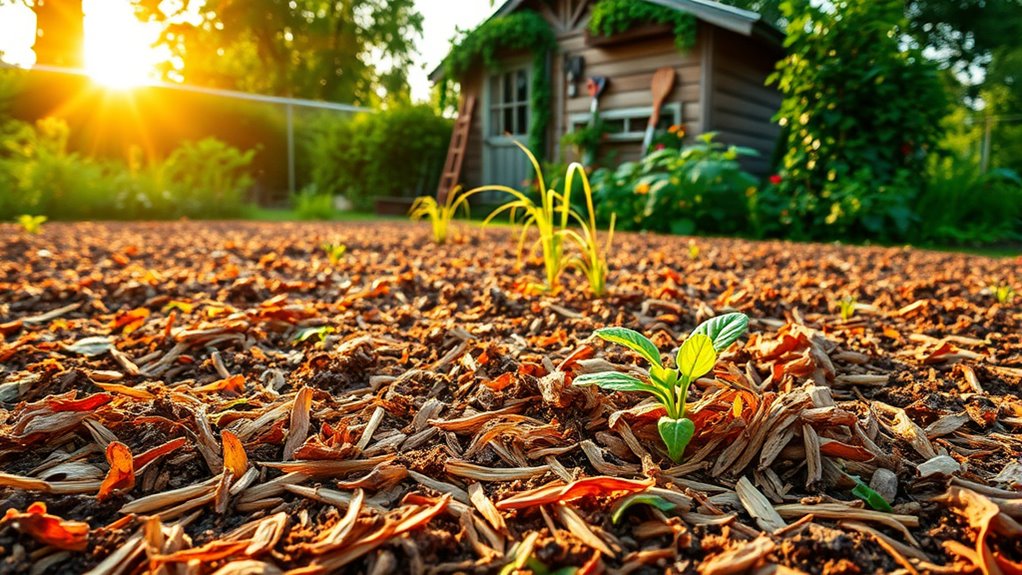
Organic mulching techniques are an excellent way to enhance vegetable farming. Using materials such as straw, wood chips, or shredded leaves, you can create a protective layer over the soil that conserves moisture, suppresses weeds, and maintains soil temperature. Additionally, as these organic materials decompose, they enrich the soil with essential nutrients, promoting healthy plant growth. Implementing these techniques not only benefits your crops but also contributes to sustainable farming practices, making it a win-win for gardeners and the environment.
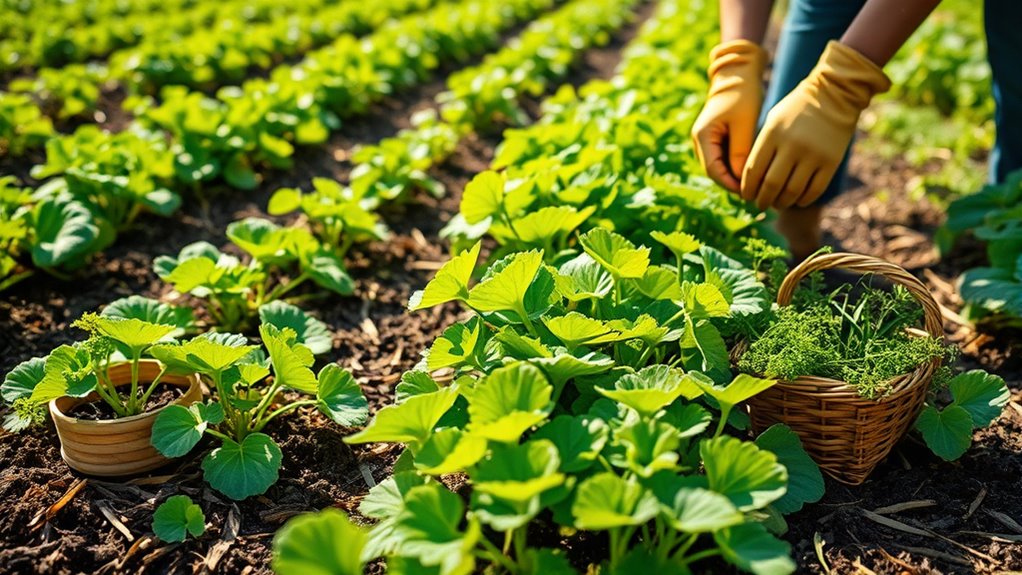
Controlling weeds effectively is essential for successful vegetable farming. Implement practices such as mulching, which blocks sunlight and suppresses weed growth, and utilizing cover crops to outcompete weeds for resources. Regularly hand-pulling or hoeing can also keep weed populations in check. Applying organic herbicides can be a sustainable solution as well. Additionally, maintaining healthy soil through proper fertilization and crop rotation encourages robust vegetable growth, making it harder for weeds to establish themselves.
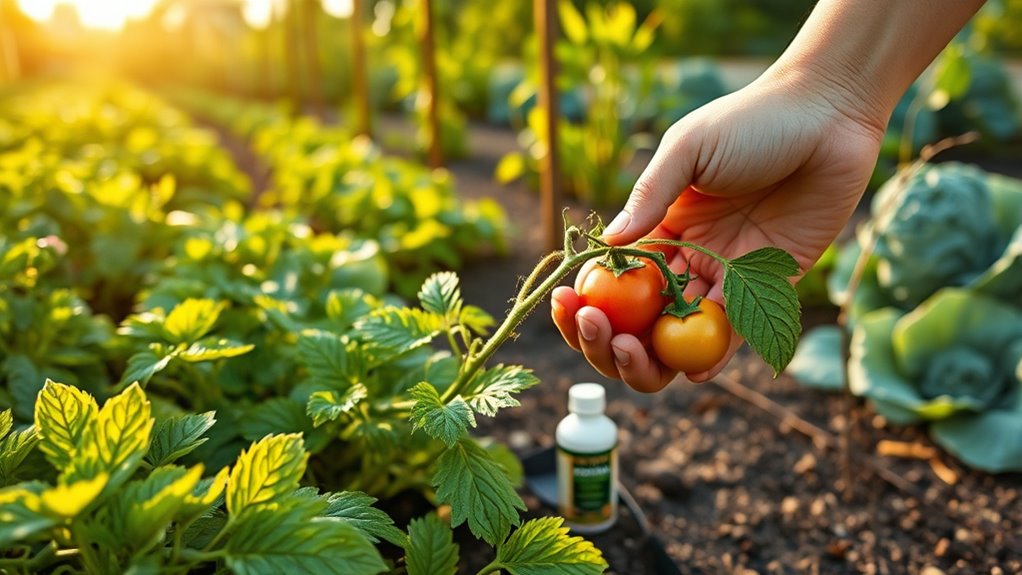
Monitoring for pests and diseases is vital in vegetable farming to guarantee healthy crop yields. Regularly inspect plants for signs of insects, such as chewed leaves or discolored spots, as well as any unusual growth patterns that could indicate disease. Use organic or chemical control methods as needed, and consider integrating beneficial insects to manage pest populations. Early detection is key; prompt action can prevent widespread damage and preserve the overall health of your harvest.
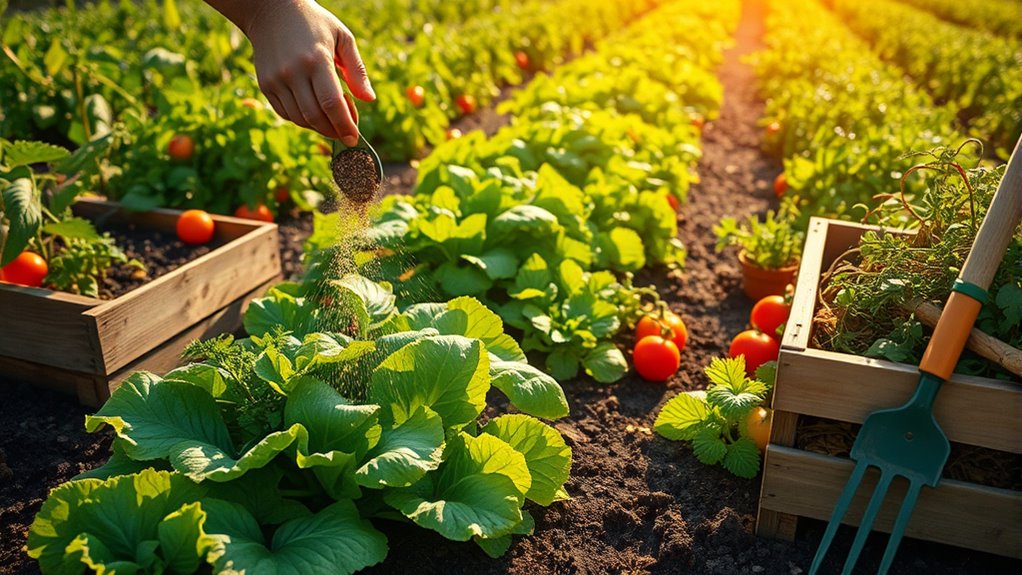
Fertilizing wisely is essential for healthy vegetable growth. Start by testing your soil to determine its nutrient composition. Choose a balanced fertilizer that aligns with your plants’ specific needs, whether it’s nitrogen-rich for leafy greens or phosphorus for root vegetables. Apply fertilizers at the right time, avoiding over-fertilization, which can damage plants and contaminate water supplies. Consider organic options, like compost or manure, to enhance soil health while promoting sustainable practices in your garden.
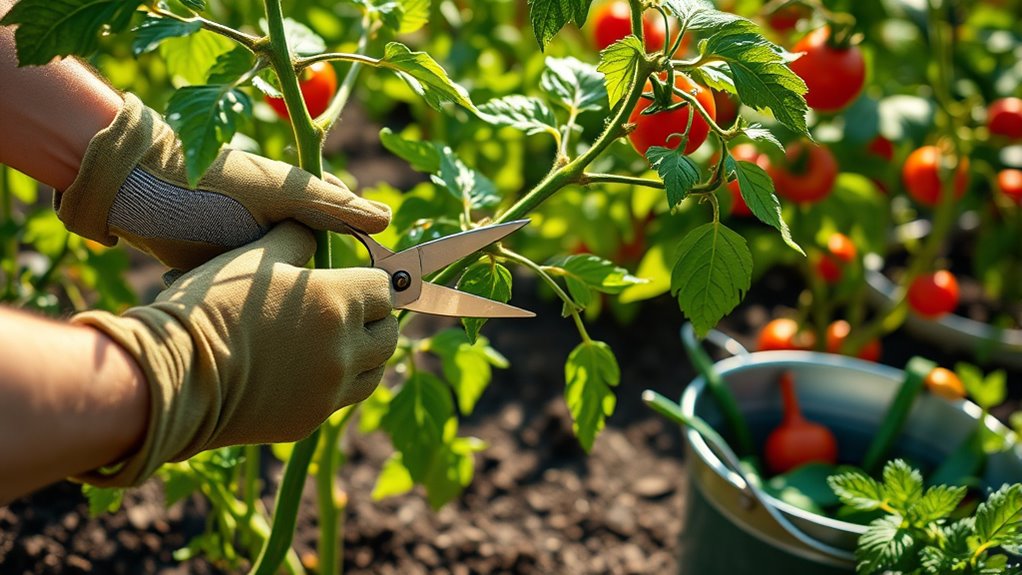
Pruning and trimming your vegetable plants is essential for promoting healthy growth and maximizing yields. Regularly remove dead or yellowing leaves, as well as any suckers or unwanted branches that may divert nutrients from the main plant. This practice enhances airflow, reduces the risk of disease, and encourages stronger, more vigorous growth. Additionally, proper pruning techniques can help shape your plants, allowing for better sun exposure and easier harvesting. Always use clean, sharp tools to make precise cuts and minimize stress on the plants.
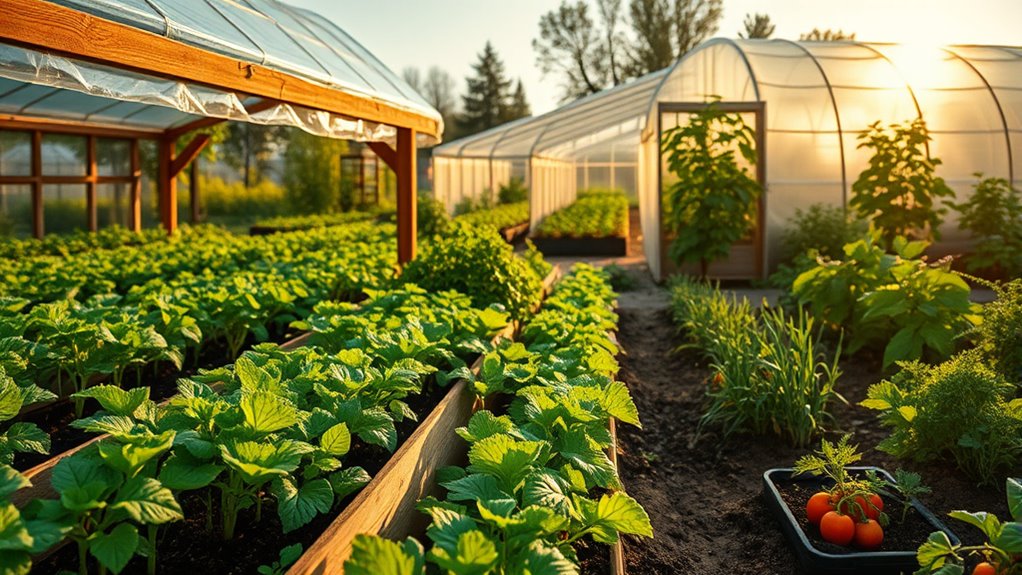
Employing season extension techniques is essential for maximizing the productivity of your vegetable farm. Methods such as using row covers, cold frames, greenhouses, and hoop houses can help protect crops from frost and extend the growing season. By creating a microclimate, these techniques allow you to start planting earlier in the spring and harvest later into the fall, ensuring a continuous supply of fresh vegetables and potentially increasing your overall yield and profits.
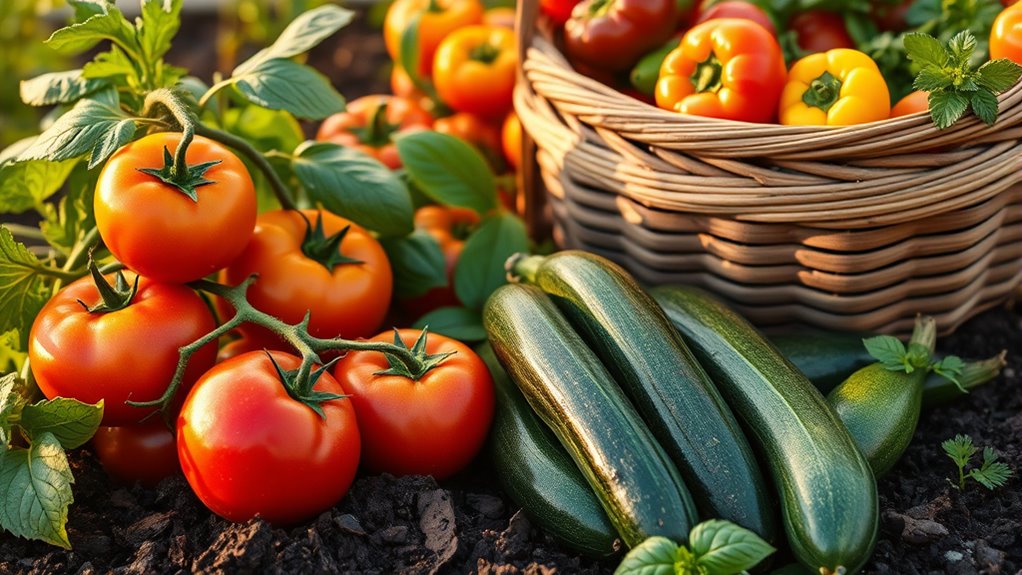
Harvesting at the right time is essential for maximizing the flavor, texture, and nutritional value of your vegetables. Each type of vegetable has its own ideal harvesting window, often indicated by specific color, size, and firmness. Regularly check your crops, as overripe vegetables can become tough or spoil quickly. Utilize local gardening guides or consult experienced farmers to learn the best harvesting techniques for your specific crops, ensuring a bountiful and high-quality yield.
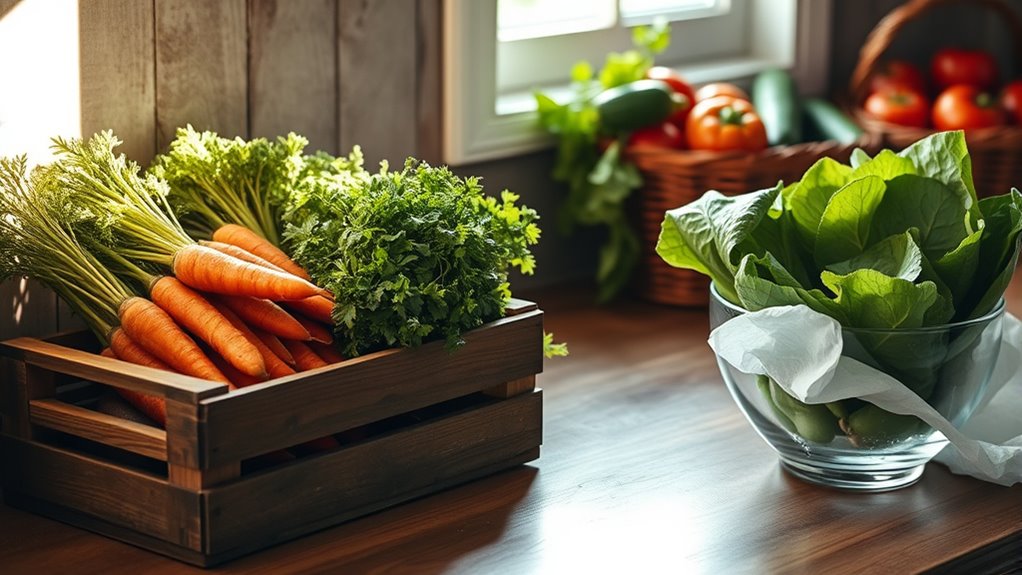
Proper storage of vegetables is essential to maintain their freshness, flavor, and nutritional value. Store root vegetables like carrots and potatoes in a cool, dark place with good air circulation. Leafy greens should be wrapped in damp paper towels and placed in the refrigerator’s crisper drawer. Tomatoes and cucumbers are best kept at room temperature and away from direct sunlight. Regularly check your stored vegetables for signs of spoilage to prevent them from affecting other produce.
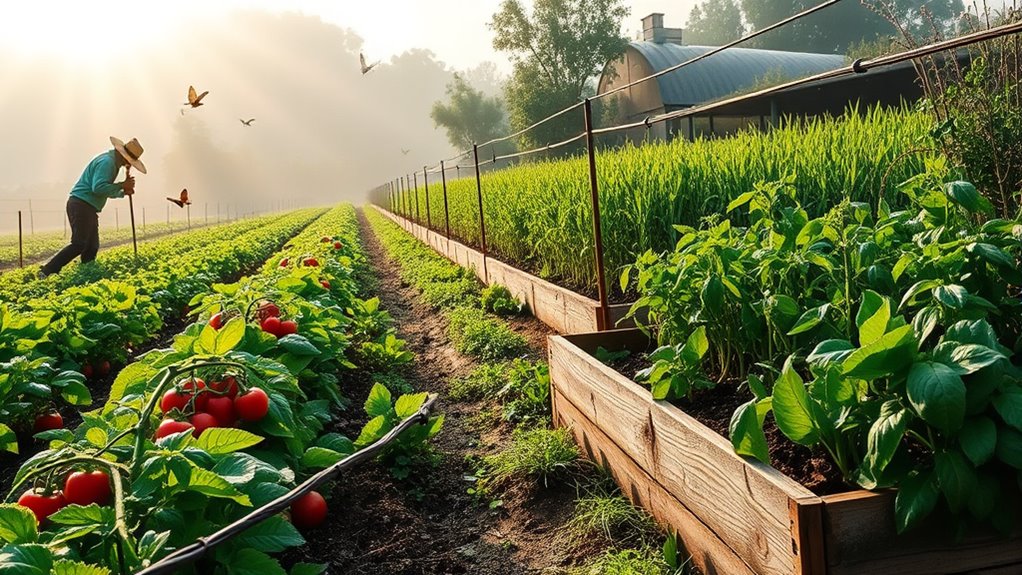
Practicing sustainable farming methods is essential for promoting environmental health and ensuring the longevity of vegetable production. Use organic fertilizers, crop rotation, and integrated pest management to maintain soil fertility and reduce chemical inputs. Additionally, conserving water through efficient irrigation techniques and planting cover crops can prevent erosion and enhance biodiversity. By prioritizing sustainability, farmers can produce nutritious vegetables while protecting ecosystems and supporting the climate for future generations.

Keeping detailed records of crop performance is essential for successful vegetable farming. By tracking information such as planting dates, growth rates, yields, and pest management strategies, farmers can identify trends and make informed decisions for future planting seasons. Detailed records help in evaluating which varieties thrive best in specific conditions and assist in adjusting practices for improved productivity. Additionally, accurate documentation can aid in budgeting, resource allocation, and overcoming challenges in the growing process.
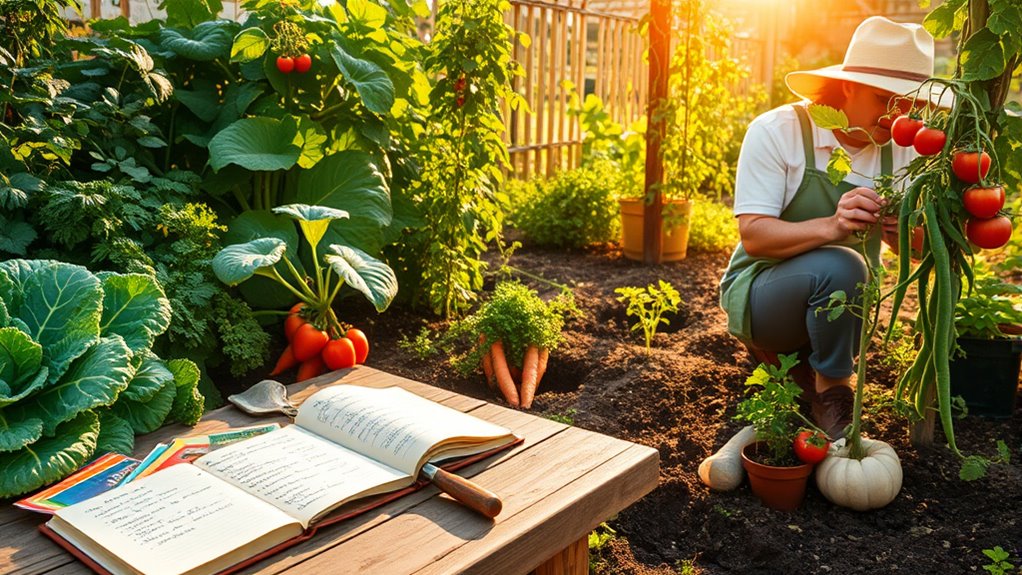
Continuously educating yourself and experimenting are essential components of successful vegetable farming. Stay updated with the latest agricultural research, attend workshops, and join local farming groups to exchange knowledge. Experiment with different planting techniques, crop varieties, and organic practices to discover what works best for your farm. Embrace failures as learning opportunities, and adapt your methods based on your experiences. This commitment to ongoing learning and innovation will enhance your yields and improve the quality of your produce.
Incorporating these 17 essential tips into your vegetable farming practice can transform your approach, much like a well-tuned orchestra creating harmony from individual instruments. By understanding your local climate, choosing the right crops, and implementing sustainable methods, you’ll cultivate not only healthier vegetables but also a thriving farm. Keep learning and adapting, as this dynamic field continuously evolves. With dedication and smart strategies, you can guarantee fruitful harvests year after year.

Don't let aphids, slugs, and caterpillars ruin another plant. Take back control with simple, natural methods that actually work.